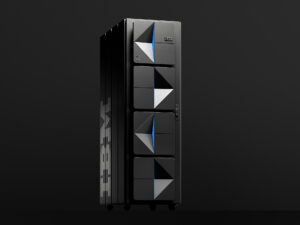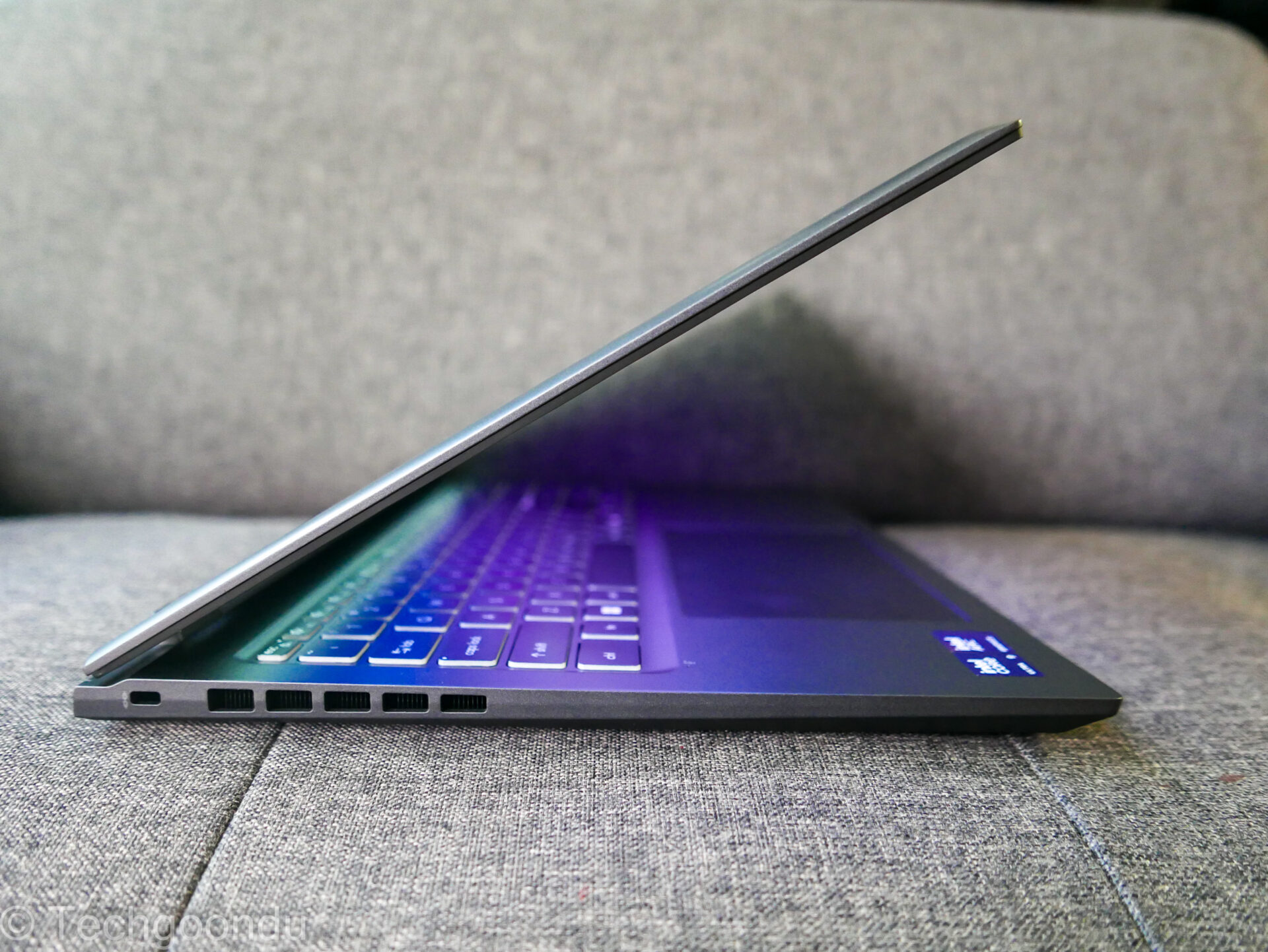
At first glance, the MSI Prestige 16 AI Evo laptop seems neatly put together, if a little “generic” without a standout design to catch your eye.
For a laptop with a large 16-inch screen, it’s pretty light at 1.5kg. The full-sized keyboard is adequately spaced out and a large touchpad greet you out of the box.
More notable is that this MSI machine is among the first of many laptops to be refreshed with Intel’s new processors codenamed Arrow Lake-H. The promise: A notable performance boost over first-generation Core Ultra chips from about a year ago.
Officially known as Core Ultra 200H, the new chips in laptops like this MSI machine won’t give you the much-hyped Microsoft Copilot+ AI experience.
They are a little different from the earlier Core Ultra 200V “Lunar Lake” CPUs mostly used in premium thin-and-light Copilot+ laptops from late last year.
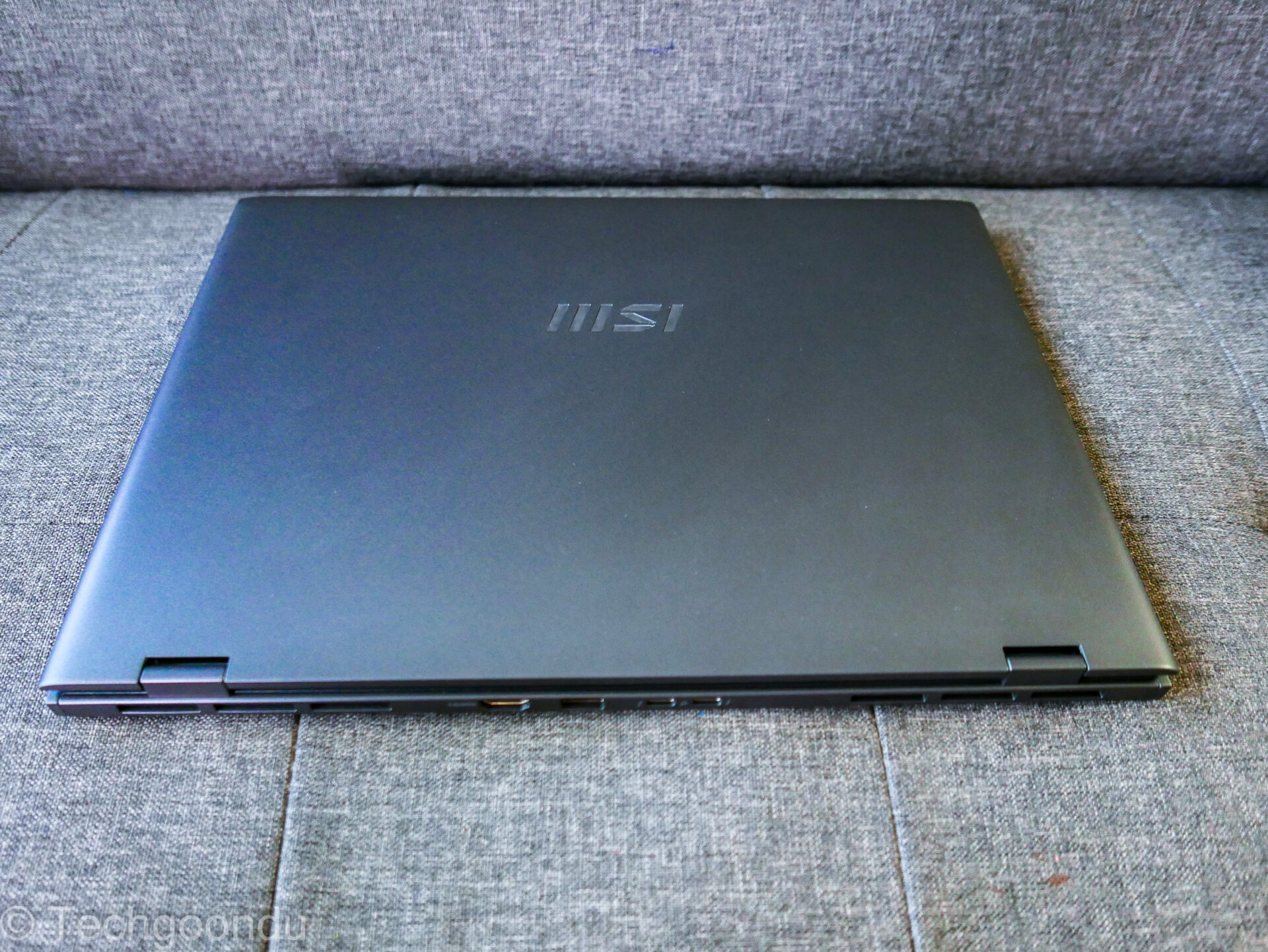
For one, the newer Intel chips promise better multi-core performance, which is handy for apps that tap on it. Plus, the integrated graphics onboard also help boost overall speed.
What the new chips lack is the latest and greatest the neural processing unit (NPU) performance. This means laptops featuring the new Core Ultra 200H chips can’t be labelled Microsoft Copilot+ AI PCs.
Okay, confused yet? Don’t be. Essentially, the tough competition among chipmakers today means that they are pushing out various different processors to meet different market segments.
These Arrow Lake-H or Core Ultra 200H chips can be expected to power some large-screen machines such as the 16-inch MSI Prestige 16 AI Evo, which you might find priced favourably to those using the “Lunar Lake” Core Ultra 200V chips.
In other words, possibly better bang for buck if you don’t need all the AI boost and power efficiency offered on so-called Copilot+ AI PCs and prefer raw processing speed instead. Good news is, there are more options for consumers.
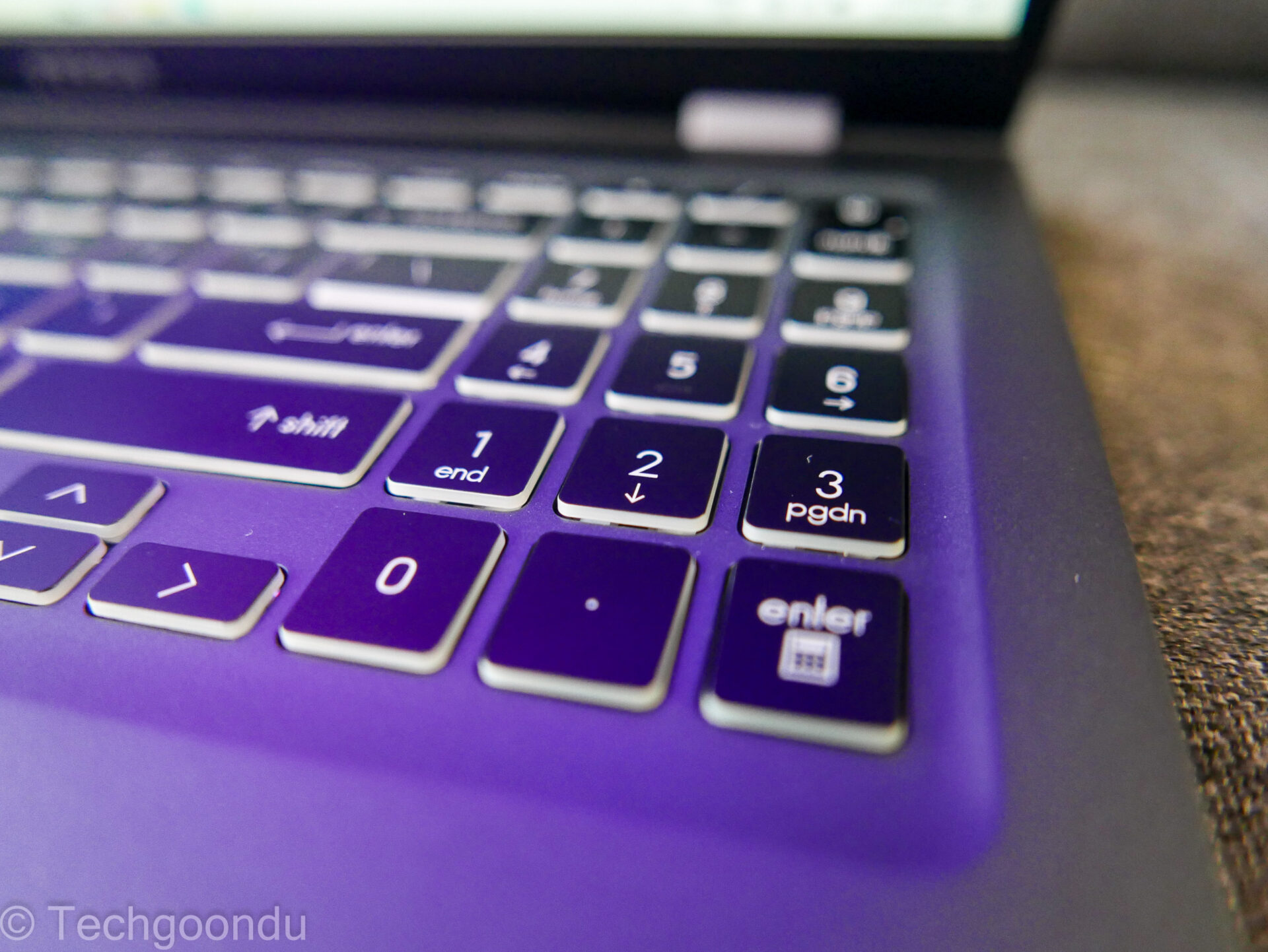
In the case of this MSI Prestige 16 AI Evo (now in its B2 version), it is packed with a top-end Intel Core Ultra 9 285H processor (with the integrated Intel Arc graphics), 32GB of DDR5 memory and a 1TB NVMe solid state drive.
How well does it perform in real life? To be honest, it did better than I had expected in the bunch of tests I threw at it.
First, I fired up Geekbench 6, which measures common, everyday performance of PCs. The MSI laptop came back with scores of 2,788 for single-core performance and 16,557 for multi-core performance.
While its superior multi-core performance isn’t surprising compared to the power-efficient Intel Core Ultra 7 258V on an Asus laptop from last year, it just about wins on single-core performance by a whisker as well.
In PCMark 10, another test of a PC’s performance in everyday tasks like video editing, the MSI laptop scored 7,267. Again, this is higher than the Asus’ Core Ultra 7 258V-based laptop.
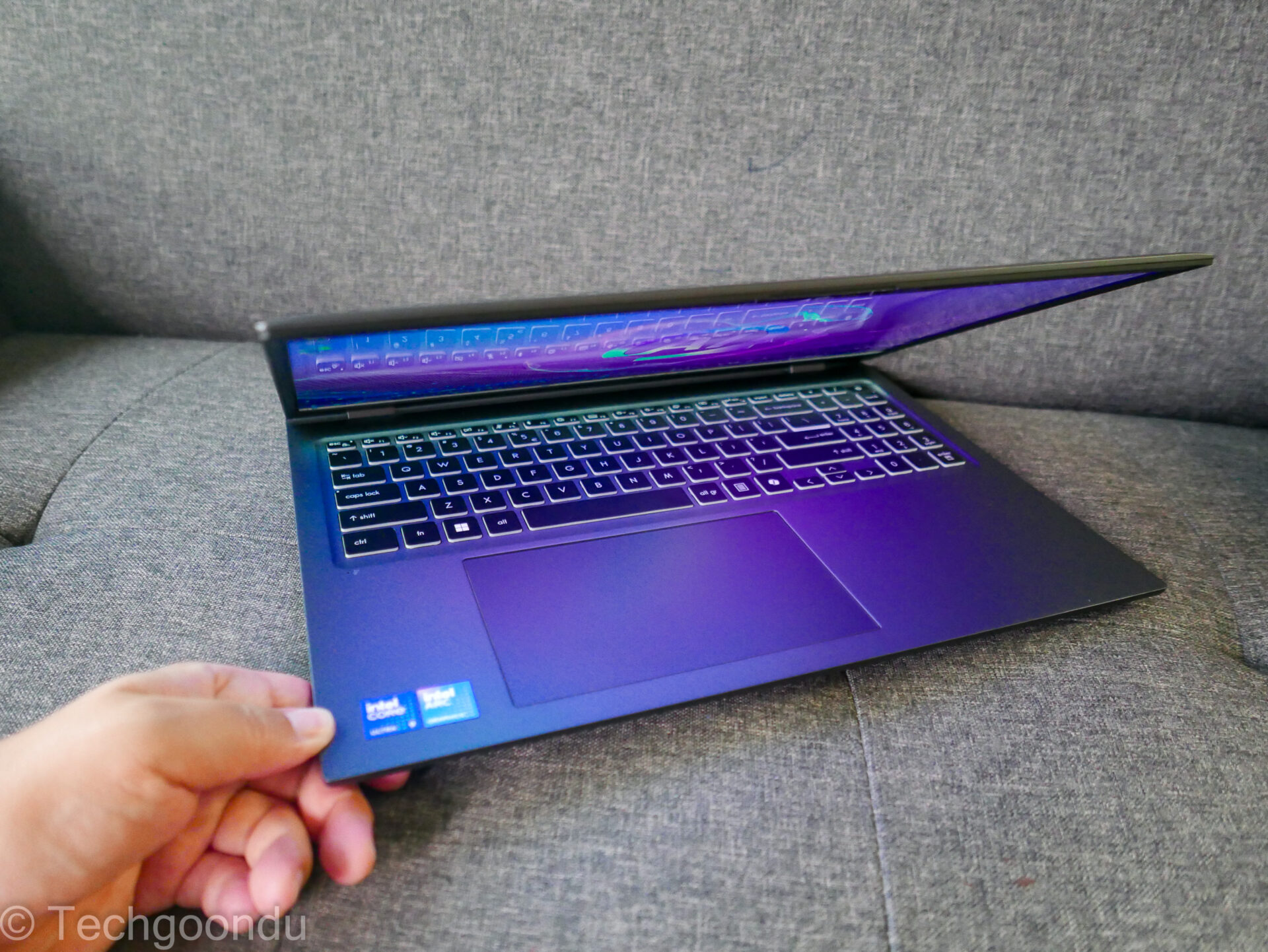
What about AI tasks that PCs are increasingly expected to perform locally instead of going to the cloud to complete? Interestingly, the lack of a more powerful NPU doesn’t seem to count against the MSI laptop in some tasks that make use of it.
This is reflected in Geekbench AI tests, which give an idea of how well a PC performs AI tasks like image classification and machine translation.
Here, the MSI laptop’s CPU scored 3,267 for single precision, 1,405 for half precision and 5,482 for quantised tasks when using the ONNX AI framework.
When using the OpenVino framework that usually favours Intel processors, it scored 4,567 for single precision, 3,271 for half precision and 10,884 for quantised tasks. That’s impressive for a CPU lacking a powerful NPU, though not all AI tasks need an NPU.
The new MSI laptop with Intel’s new chip compares favourably with the Asus laptop with a Core Ultra 7 258V from last year. To be fair, that is a thin and light machine focused more on energy efficient yet great AI performance (by running tasks on the NPU).

In terms of graphics performance, the MSI laptop’s new Core 200H chip continues to pull ahead as well.
In 3DMark, which simulates PC games, the MSI machine scored 4,487 in the Time Spy subtest. This compares with 3,649 on the Asus thin-and-light machine last year.
Besides performance, what about the other features on the laptop itself? MSI, to be fair, has put together a decent large-screen portable PC that isn’t too heavy to lug around.
The 2,560 x 1,600 resolution for the 16-inch screen is sharp enough if you wish to zoom in, say, on photos to make small adjustments. Plus, it keeps things in focus, which always helps if you’re working long hours on a PC.
What’s also good about the MSI Prestige 16 AI Evo is the full complement of expansion ports. You get a full-sized network port, an SDcard reader and an HDMI port to hook up a monitor or projector. That’s on top of full-sized USB-A ports and smaller USB-C ports.
The only downside is that many of the ports – particularly the USB ones – are at the back, so you might have to reach behind to plug in a USB flash drive.
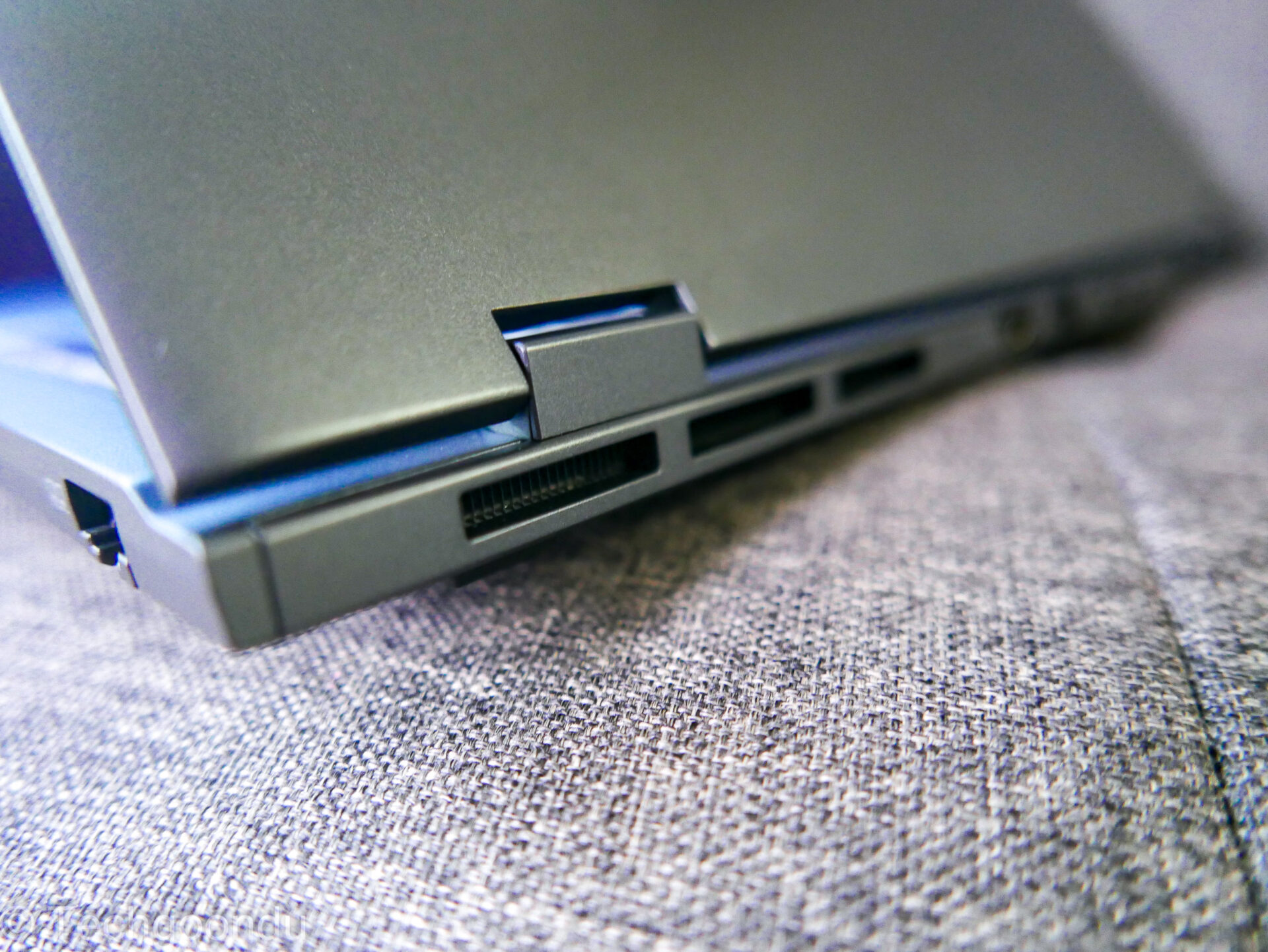
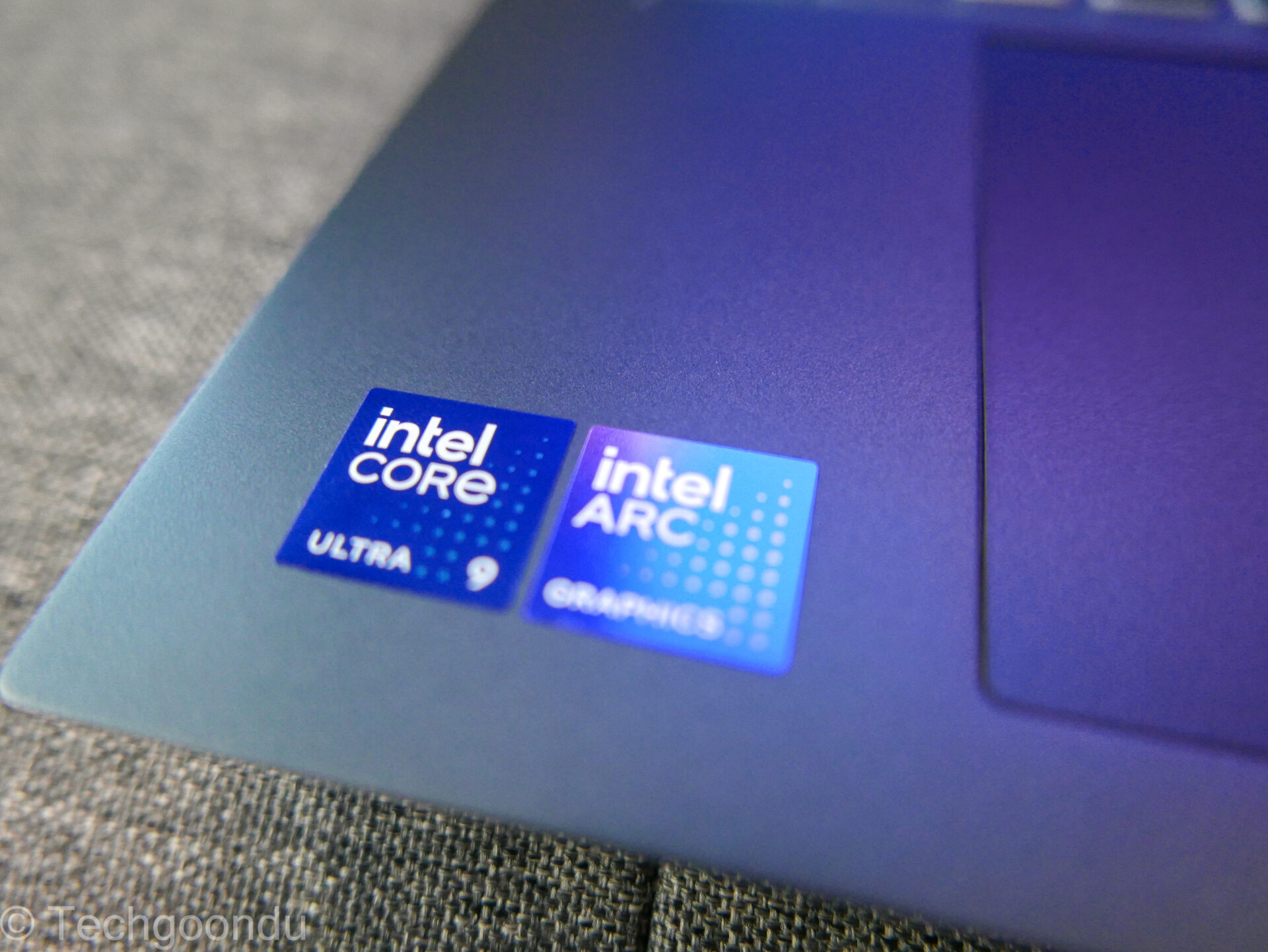
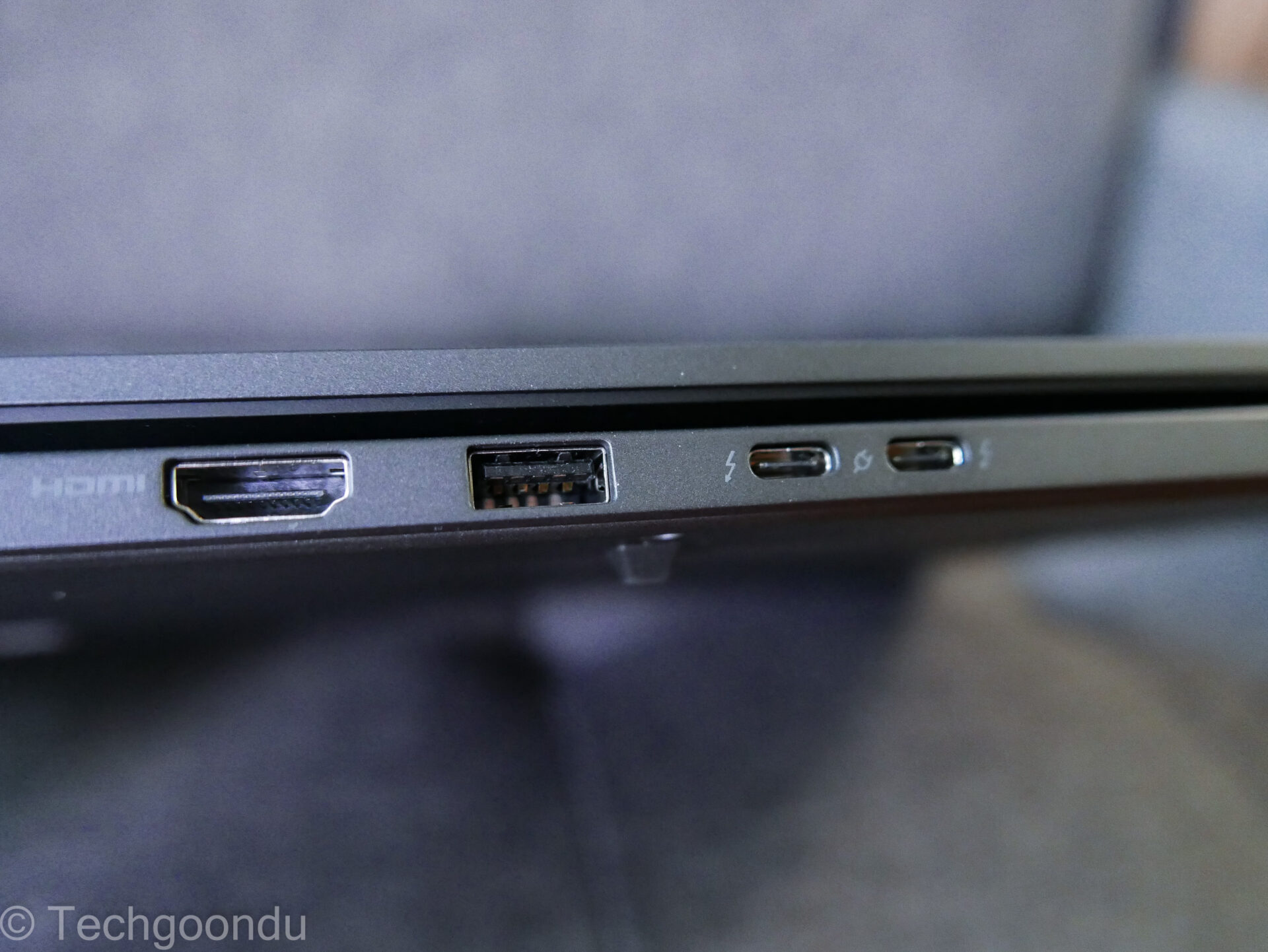
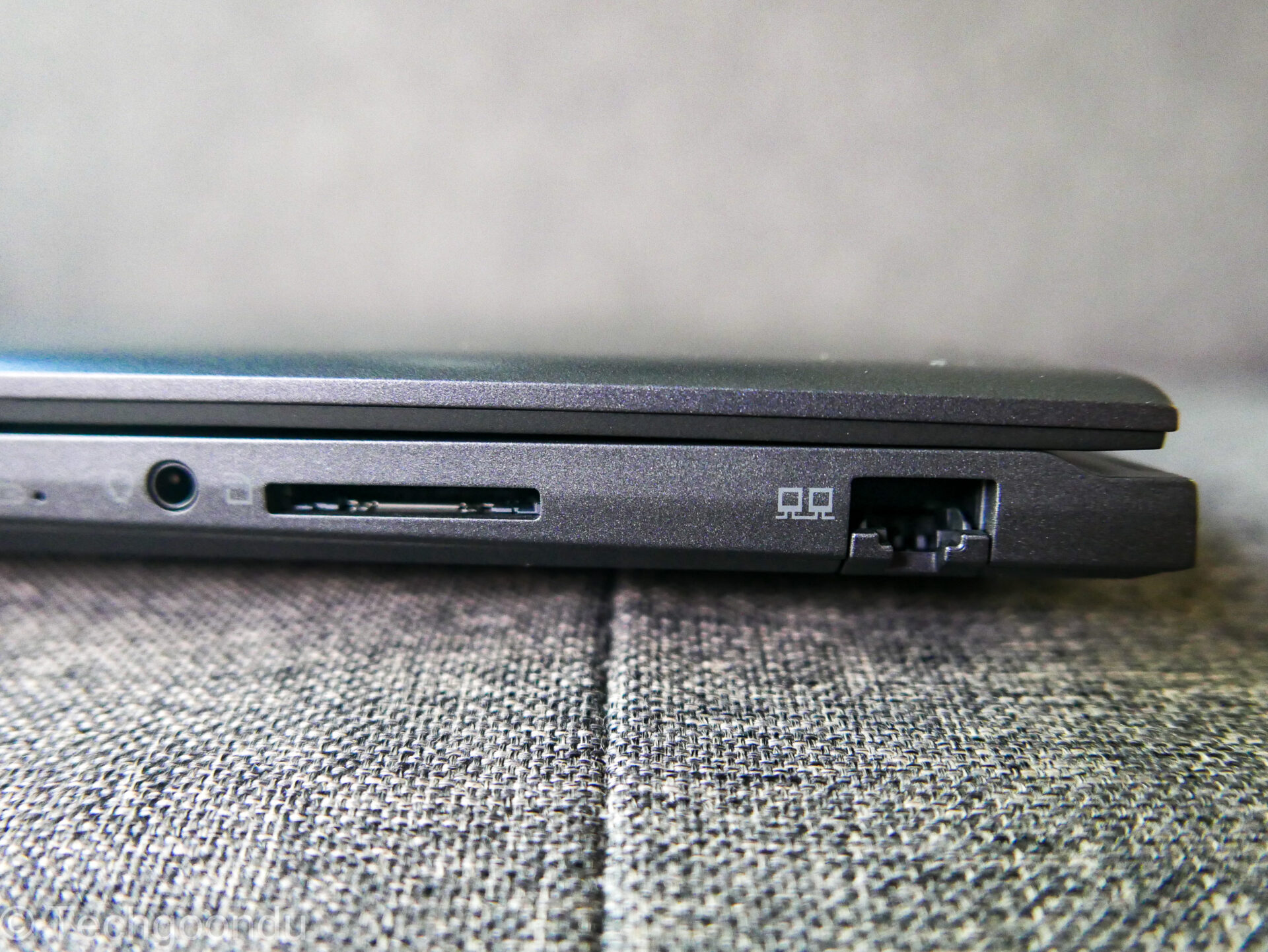
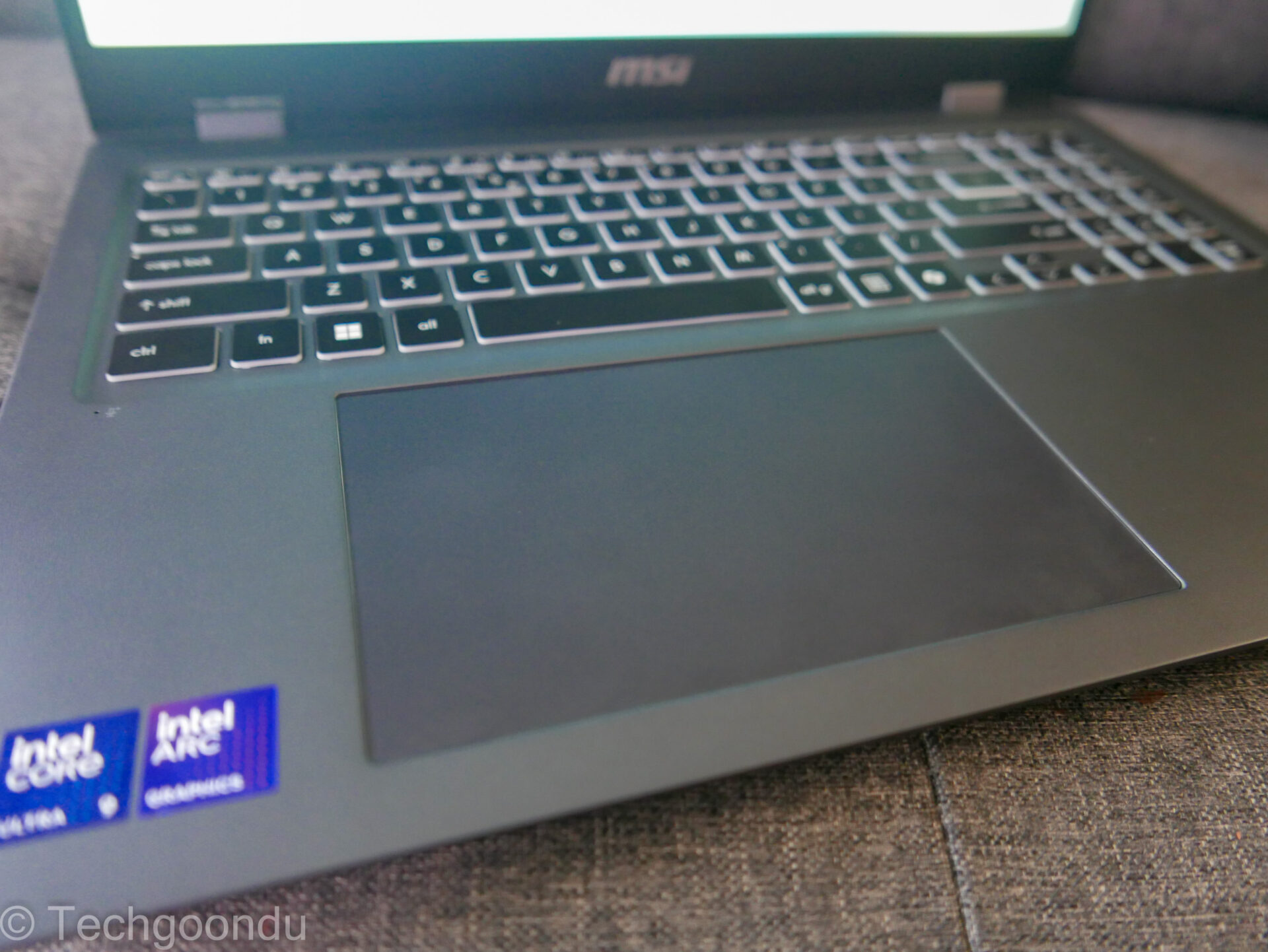
Another plus about a large laptop is that it allows you to pack in an ample power pack. In this case, MSI has included a huge 99.9WHr battery. This offsets some of the downsides of running a less-efficient CPU than what you find on a thin-and-light laptop.
For now, the MSI laptop doesn’t seem to be on sale in Singapore yet – there are versions using the Core Ultra 200V and last year’s first-gen Core Ultra chips, as well as AMD’s Ryzen AI chips on the MSI Singapore store.
As a guide, the Prestige 16 AI+ Evo with an Intel Core Ultra 7 258V chip with a 47 TOPS NPU is going for S$2,899. If the newer model that has a slower NPU is priced right, it is a large-screen laptop worth considering.
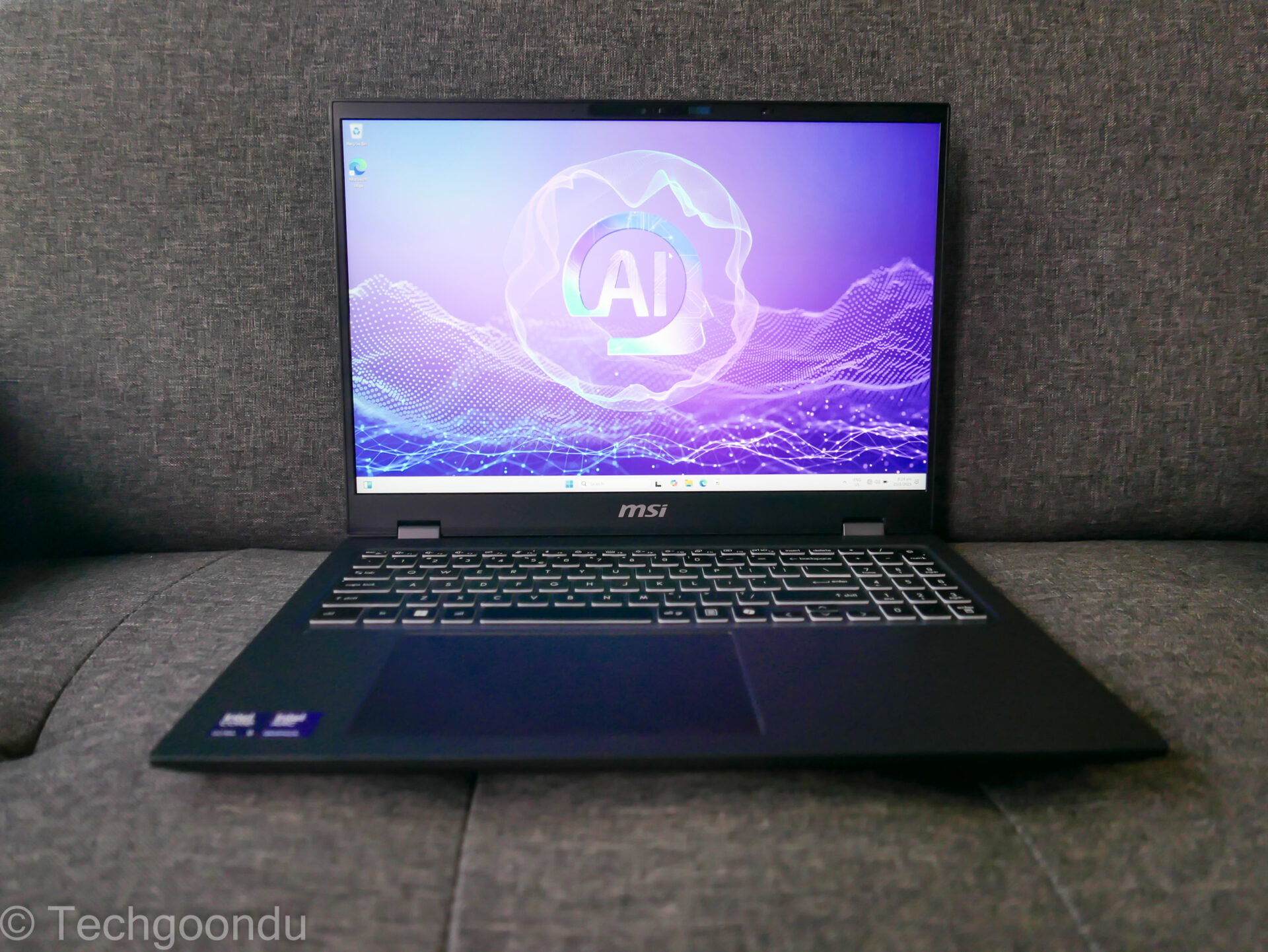
Crucially, our benchmark tests on Intel’s Arrow Lake-H chips show that they lead the way in terms of raw performance, after a year of talking about NPUs and AI TOPS.
Smart laptop makers will make use of these Core Ultra 200H chips to target users who still want a responsive laptop without the Copilot+ label or Microsoft’s built-in AI apps.
Now, the question is whether they can explain the so many different options to consumers, many of whom still are unsure what all these AI PCs are about. Price will matter even more in such a crowded market.




